

Did you know that the right packaging can increase your product's perceived value by up to 80%? Yes, that's the kind of impact smart packaging has. It's not just about wrapping a product; it's about creating an unforgettable first impression.
In today's fast-paced market, packaging isn't merely functional—it's pivotal. With sustainability becoming a global priority and online shopping trends surging, choosing the right packaging solution has never been more critical. Companies that adapt are thriving, while those that don't are left behind.
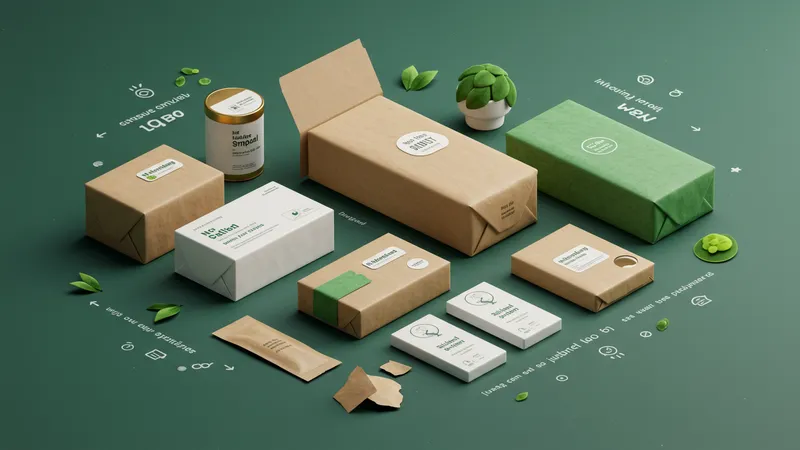
Here’s a startling fact: Poor packaging decisions cost businesses millions annually. Like the time a popular brand switched to cheaper materials and faced a customer backlash that slashed their sales by half. The stakes are high, and mistakes are costly. But that’s not even the wildest part...
Some companies have nailed the art of packaging so well that their designs have gone viral! Think of the unboxing videos that flood social media. These aren't just random acts; they’re the result of strategic packaging decisions designed to create buzz and enhance customer loyalty. But here’s the twist…
What happens next shocked even the experts… As the tides of consumer preferences shift, what used to be industry-standard could now backfire spectacularly. Stay with us as we delve into the unexpected truths and trends shaping the future of packaging.
It’s easy to focus solely on the initial cost of packaging, but what about the hidden expenses that analysts say can add up to 30% more than expected? Things like shelf space inefficiencies and unexpected damage losses can stealthily drive up costs. Many companies fall into this trap by prioritizing cost savings upfront, only to suffer later.

Consider how improper packaging leads to returned products. A staggering one in ten packages are returned due to poor packaging—an easily avoidable expense. Furthermore, these returns impact environmental sustainability, another hidden cost in reputation and resources. But there’s one more twist that often goes unnoticed…
Introducing innovative materials is a tactic that some forward-thinking companies have adopted to combat these costs. Biodegradable plastics or flexible packaging are not only eco-friendly but can slash inventory and transport expenses due to their lighter weight. This isn’t just good practice—it's a competitive advantage.
What you read next might change how you see this forever. The need for smart packaging solutions is pressing, not merely for costs saved but also for brand enhancement and environmental responsibility. The stories of companies that pivoted and succeeded are incredible, and they're just the tip of the iceberg. Stay tuned…
Sustainability in packaging once seemed like a buzzword, but it's now a core requirement. Consumers demand earth-friendly solutions, and companies are listening. We’ve seen a surge in packaging innovations that embody this ethos. But here’s the kicker—this green revolution is not just about being environmentally conscious, it’s boosting sales too.
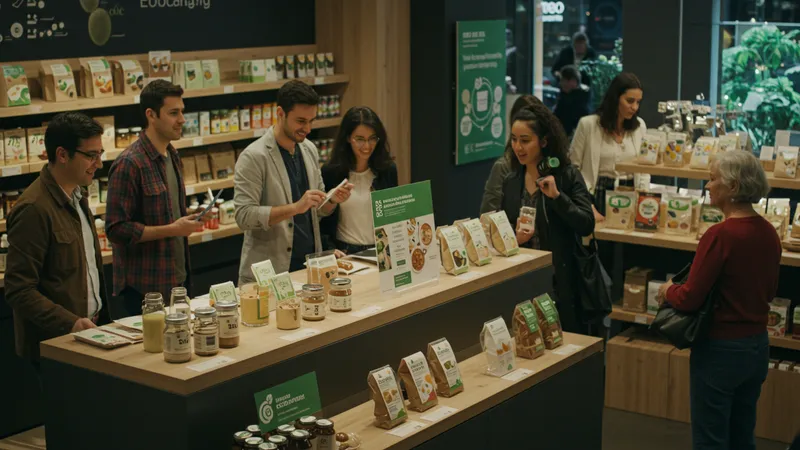
Research reveals 90% of consumers are more likely to trust a brand that displays a strong commitment to sustainability. Green packaging is now synonymous with quality and reliability. Customers are offering their loyalty to companies which reflect their values, becoming brand ambassadors simply because their ethics align.
Despite these changes, misconceptions persist. Some believe that going green is expensive, but ROI shows otherwise. Recyclable materials can reduce operational costs significantly over time, and let’s not forget government incentives that encourage eco-friendliness. But that’s not the only surprising twist…
The real game-changer is coming: packaging technology that actively reduces waste. Innovations like compostable packaging or edible wrappers are turning heads—and saving the planet. The race is on for bold companies to ride this wave, yet not all attempts are successful. Learn from the pioneers and avoid the pitfalls on the pages to come.
The introduction of cutting-edge materials revolutionizes packaging trends. Take nanotechnology, for example, which enhances the durability and functionality of packaging materials in ways previously unimagined. But that’s not even half the story. These innovations do not only address strength but also contribute to product longevity and safety.
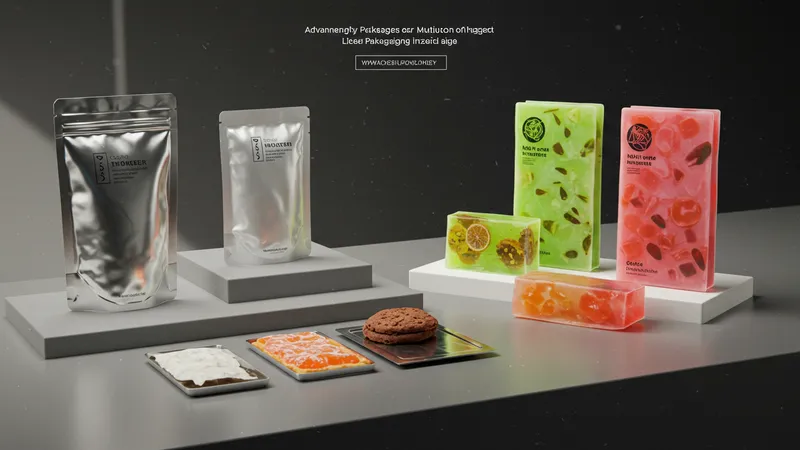
Then there's edible packaging, an eco-friendly option that's not science fiction—it’s happening now. Brands that once seemed stuck in traditional packaging methods are pivoting to embrace these edible wrappers, which reduce waste while offering new branding opportunities. Their success shows that packaging is an evolving story.
Another material shifting the dynamics is smart packaging—think sensors that track a product’s freshness! These materials are not only futuristic but practical, helping retailers maintain quality and reducing food wastage globally. But wait, there's more—it's bridging the gap between digital and physical spaces.
The possibilities are expanding rapidly, and this is just a glimpse of what the future holds. What lies ahead for packaging could redefine entire industries. The lesson? Now's the time to consider these materials before competitors do, securing your place at the forefront of innovation. Curious about what else is on the horizon? Keep reading…
Ever wondered why some products fly off the shelves while others gather dust? Much of it boils down to packaging design. Successful designs are attention-grabbing, functional, and enhance the product's story—something cleverly tapped into by top brands. But what if I told you there's an emerging science behind it all?
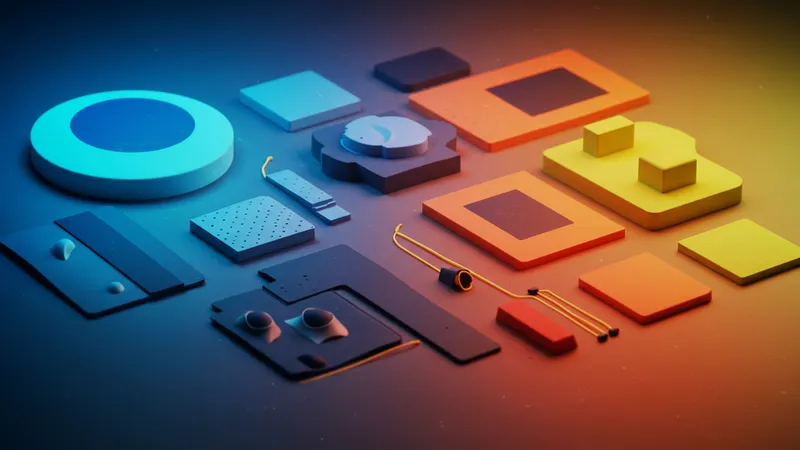
It’s true. Certain colors, textures, and shapes are proven to influence consumer behavior at an unconscious level. Companies leveraging this science are not just winning on the shelves but also in consumer mindshare. Yet, there's one more critical aspect you might be overlooking...
Personalization is the new frontier in packaging design. Imagine customizing packaging to the individual buyer's preferences or even specific life events. This creates a unique connection that enhances customer loyalty dramatically. However, it’s not an easy feat, and many brands are missing the mark in this area.
To successfully carve your niche, blend these design elements seamlessly. The key is balancing aesthetics with function and consumer expectations. The next few pages will delve into stories of brands that did just this and saw phenomenal results. Intrigued? You’ll want to see what they did.
Packaging isn't just a container; it's part of the brand experience. Today’s consumers are more discerning, making this aspect of marketing crucial. The importance of understanding how packaging affects consumer behavior cannot be overstated. In fact, it can provide a clearer path to achieving higher brand loyalty.
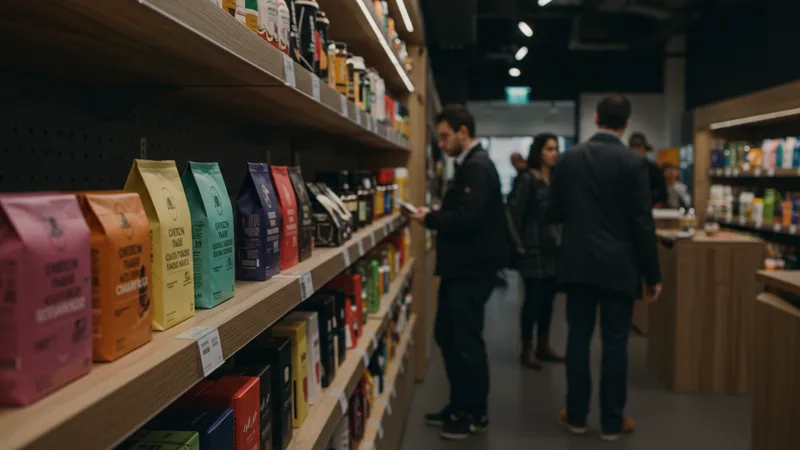
Research suggests that a well-packaged product can command higher prices. This is because consumers often equate better packaging with a superior product inside. But there’s more—a carefully considered design can also mitigate buyer’s guilt, making consumers more likely to complete a purchase.
Next, we see the rising demand for transparency in packaging. Consumers want to know their choice makes a difference, prompting brands to communicate sustainability and ethical sourcing clearly on their packages. This shift challenges businesses to integrate transparent labeling effectively without compromising on design appeal.
The future of packaging lies in its ability to evolve with customers’ ever-changing expectations and cultural shifts. This adaptability can set a brand apart, converting casual buyers into long-term enthusiasts, if done right. There's so much more to decode about how packaging interacts with consumer psychology. Let’s unravel further…
Automation in packaging processes isn’t a futuristic dream anymore; it’s a reality reshaping industries today. Automated solutions are increasing efficiency and reducing human error at an unprecedented rate. But what does this mean for businesses caught on the cusp of this transformative wave?

Automated systems streamline production lines, cutting costs and enhancing speed without sacrificing quality. This transformation is vital for companies aiming to stay competitive. Yet herein lies a dilemma: integrating these systems can be expensive and daunting for many small businesses. But what if there were a solution?
Collaborations and leasing options are emerging as viable solutions for smaller enterprises. By leveraging these opportunities, packaging automation becomes accessible, even for those with tighter budgets. This approach allows even the smallest player to harness the power of automation without the giant price tag.
Looking ahead, the implications of automation in packaging extend beyond mere cost-efficiency. They portend a future where precision and personalization can coexist at scale. Interested in where this path leads? The next pages offer a glimpse into the practical applications of these innovations. Continue on for more insights…
In today’s world, packaging isn’t just about aesthetic appeal; it’s a critical factor in product safety. New standards are emerging, driven by the necessity for tamper-proof designs and packaging that withstands transport rigors. You might think it's straightforward, but the implications are profound.

For instance, tamper-evident features previously reserved for pharmaceuticals are now standard across various sectors. The goal is clear: safeguarding consumers from contamination and ensuring the authenticity of the products. But here’s where it gets even more interesting—these features are also marketing tools.
Brands are using safety features to reassure consumers, providing transparency and building trust. This approach is especially prevalent in the food and beauty industries, where consumer vigilance is particularly high. By effectively marketing these features, brands differentiate from competitors, reinforcing their positions as industry leaders.
However, the challenge lies in striking the right balance between safety and cost. As packaging evolves to meet these new standards, it’s essential to understand how to implement them without eroding margins. The following pages explore successful strategies that strike this balance. Don’t miss out on what’s next…
When discussing packaging, logistics might not immediately come to mind, yet they are intrinsically linked. Effective packaging can revolutionize logistics by optimizing space and minimizing damage during transit, leading to significant cost savings. So, why is this critical connection often overlooked?
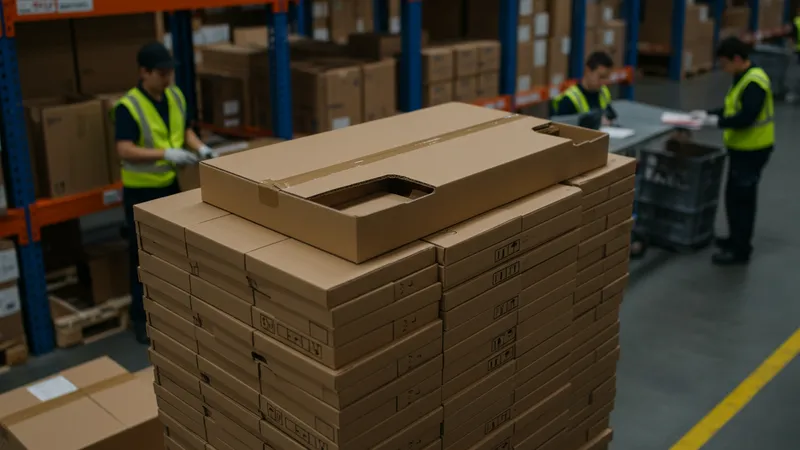
Many businesses fail to consider the logistical impact of their packaging choices, focusing solely on cost or design. However, by doing so, they miss out on potentially transformative efficiencies. For example, leveraging stackable packaging or custom inserts can dramatically reduce shipping volumes.
It's not just about fitting more into a shipment but reducing the risk of damage—a significant source of waste and cost. Investing in robust packaging materials pays dividends, preventing costly returns and maintaining product integrity. But there’s even more to consider...
Smart packaging solutions are now incorporating tracking technologies, offering insights into the entire supply chain. This level of granularity opens new possibilities for optimizing logistics strategies and elevating customer experiences. The pages ahead reveal more about harnessing these opportunities effectively. Dive deeper into this connection next...
Looking forward, the landscape of packaging is poised for dramatic changes. Predictive analytics and AI will drive the next wave of advancements, anticipating consumer needs and streamlining the supply chain. But what exactly does the future hold for this dynamic industry?
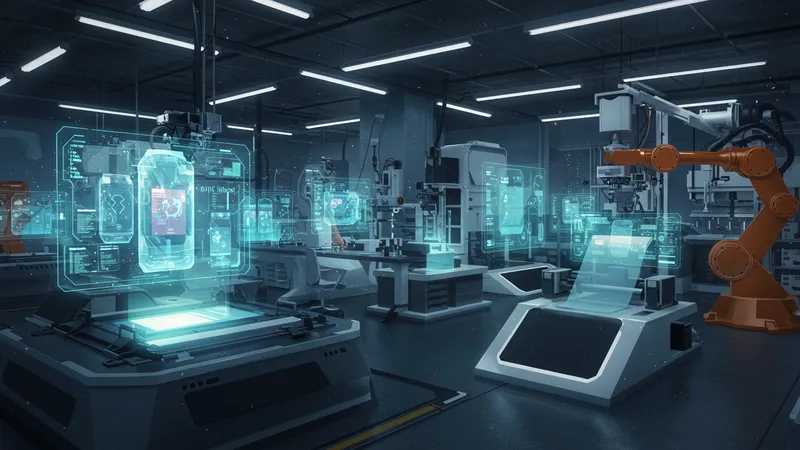
AI technologies are already influencing design and functionality, analyzing consumer data to forecast trends and preferences. This predictive capability allows businesses to innovate ahead of demand, ensuring they remain relevant in an increasingly competitive market.
Beyond predictive analytics, there's the growing emphasis on integration with the digital experience. Smart packaging will provide seamless connectivity between the physical and digital realms, enhancing interaction and providing valuable customer insights. This shift is not just a novelty but a strategic advantage.
The future of packaging isn't just about reacting to trends but predicting them. These speculative insights give businesses a significant edge, allowing them to adapt and thrive. Curious about how these predictive trends will reshape industries? Continued exploration awaits as we uncover more…
Packaging errors can devastate brands, but these pitfalls are avoidable with the right insights. Missteps such as ignoring cultural nuances or neglecting sustainability can lead to consumer backlash. Learning from the past, we delve deeper to uncover lessons that may surprise you.
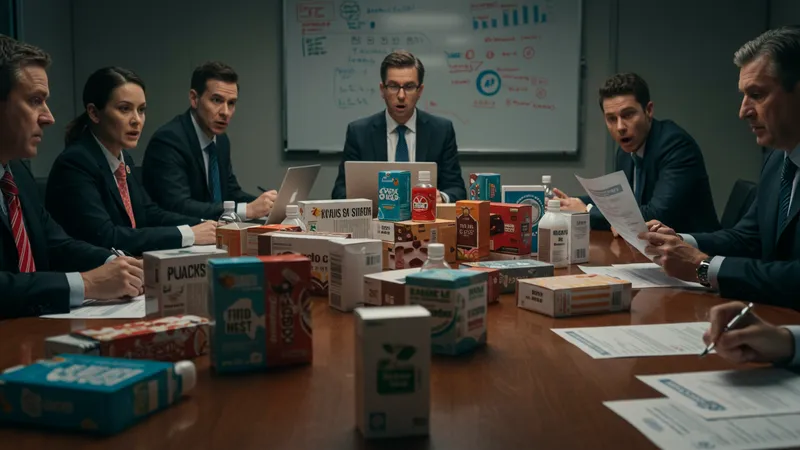
Infamous packaging rebrands have taught us much about the power of public perception. The backlash some companies face is staggering and often due to a failure to engage consumers’ voices early in the process. But there’s more to this story than merely consulting your audience.
Sustainability neglect can be equally damaging. Companies that overlook eco-friendly practices risk alienating their core market base. Reputational damage, once inflicted, isn’t easy to reverse. Why do companies continue to make these mistakes despite the clear benefits of going green?
Often, the pace of change is underestimated. Brands need to become agile, anticipating shifts rather than reacting to crises. The stakes are clear, but navigating the complexity of packaging choices isn’t easy. Insights into successful brands that dodged these pitfalls make up the next few pages…
In a marketplace flooded with options, personalization can be the differentiator your brand needs. By incorporating customized packaging solutions, businesses connect with consumers on a personal level. But what does personalization truly require, and how far does its impact reach?
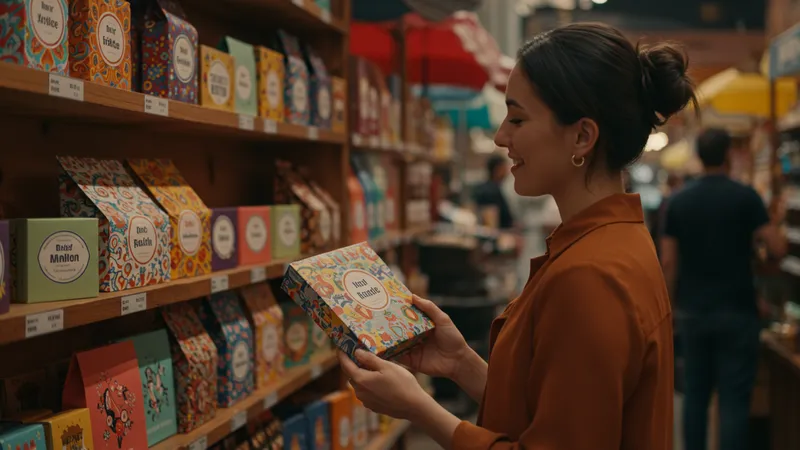
Personalized packaging tells a story, establishing a narrative around the brand and creating a connection that goes beyond product utility. The ability to resonate with consumer identity is a powerful marketing tool that elevates a brand experience exponentially. It’s not just about sticking a name on a box.
However, achieving personalization can be challenging. It requires a deep understanding of your target market’s desires and seamless integration of technology. Variables such as language, cultural symbols, and regional nuances must all be carefully considered and appropriately implemented.
The return on investment? Major brands have found that personalized packaging increases customer retention and satisfaction, leading to long-term loyalty. As consumers increasingly seek experiences over products, harnessing personalization is becoming non-negotiable. The next sections highlight successful campaigns and more…
Unboxing videos have become a digital phenomenon, blurring the line between packaging and marketing. These experiences create excitement and anticipation, offering free publicity for brands. But how do you design an unboxing experience that captures hearts and minds?

A memorable unboxing involves more than aesthetic appeal; it's about sensory engagement—a journey of discovery from the moment a package arrives. Smart brands treat this as a touchpoint, molding consumer perceptions, solidifying brand image, and spreading word-of-mouth recommendations.
These moments resonate deeply and extend the value of packaging beyond its functional role. Strategic companies incorporate elements like personalized messages, surprise gifts, or interactive features that delight audiences. As the demand for unique experiences grows, this trend will only continue expanding.
The impact on brand loyalty from these moments is significant. Consumers drawn into the narrative of a well-thought-out unboxing are likely to return and share their delight. Join us as we explore further how these elements can transform perceptions and significantly elevate your brand positioning.
Packaging that resonates globally must navigate a tapestry of cultural nuances. Sometimes, what works in one region may inadvertently offend in another. Companies that master this navigate cultural insights with finesse, creating universally appealing solutions without alienating specific demographics.
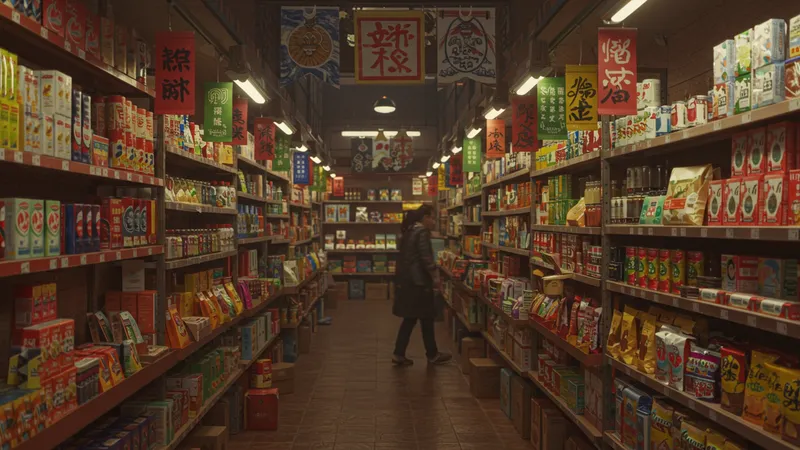
Color symbolism, language differences, and imagery all play a crucial role in international packaging strategy. The slightest oversight can alter perceptions dramatically, turning potential customers away. But striking this delicate balance is where many brands falter, yielding invaluable lessons for others.
Understanding these nuances can offer a significant competitive advantage. By respecting and reflecting diverse cultural values, brands foster deeper connections and broaden their appeal. Products launched with due diligence in cultural research outshine and outsell their competitors.
In the pages to come, we unravel the stories of companies who succeeded and others who stumbled in their global ventures. These tales offer essential takeaways on navigating this challenging terrain, ensuring your packaging triumphs wherever it lands. The insights await you…
Every industry has its trailblazers—those who take risks others shy away from. In packaging, these daring moves can shift paradigms entirely. But what motivates companies to take such leaps, and when do these risks yield undeniable success?
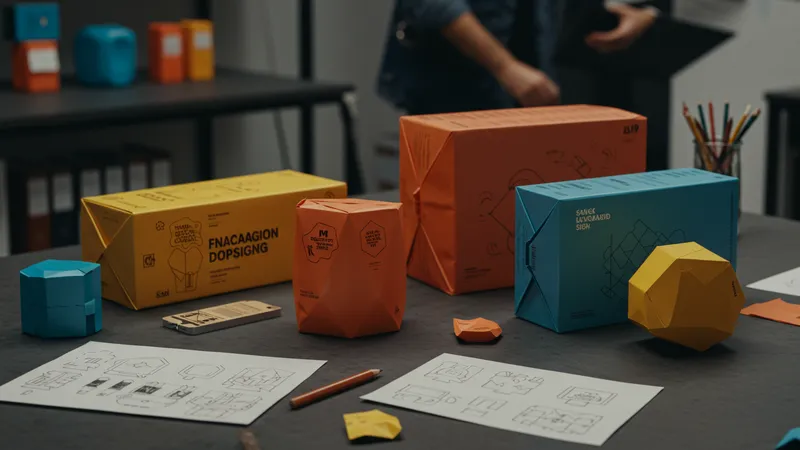
Brands who embrace radical changes like disruptive designs or pioneering technology often find themselves at the pinnacle of innovation. These choices may appear risky, but when grounded in research, they redefine consumer expectations and usher in a new era of standards.
However, bold moves aren’t without challenges. They require careful planning, a willingness to withstand scrutiny, and an unwavering focus on the end goal. The lessons learned from these innovators are clear—disruption is necessary for progress, yet strategic execution is key.
The rewards of being first far outweigh the risks. Companies that change the packaging game gain not only market share but the lasting loyalty of trail-followers. To see examples of transformative gambles and their results, join us as we explore these groundbreaking stories next…
In an increasingly digital world, physical packaging still plays a vital role. The integration of technology into packaging transforms it into a dynamic layer of the consumer experience. Interactive packaging is not just an innovation; it's a must-have element, merging both worlds seamlessly.
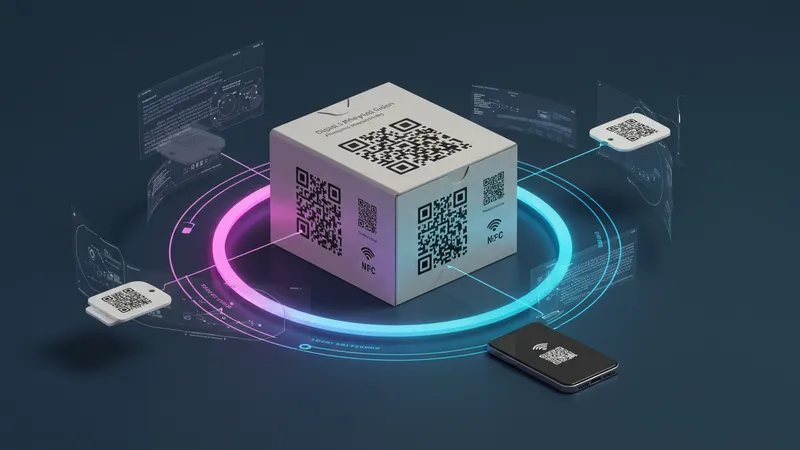
Using QR codes, augmented reality, or embedded NFC tags, brands enhance engagement and invite consumers into richer storytelling. This blending attracts tech-savvy audiences and creates opportunities for collecting vital consumer data—a key growth area for brands eager to understand their audience better.
Interactive packaging extends beyond novelty, often influencing purchase decisions by offering value-added experiences. Consumers now seek interaction and personalization, and technology facilitates this in captivating ways. But how effectively companies capitalize on these possibilities varies substantially.
The future of packaging is one that embraces interactivity at all levels, making each consumer touchpoint richer and more engaging. Ensuring that this level of engagement is a standard part of the purchasing path will place brands far ahead of competitors. Stay with us for more insights on winning strategies in the upcoming pages…
In the end, it’s clear that packaging isn't merely an accessory to products; it is an integral aspect of the brand narrative, consumer journey, and business sustainability. As trends shift and technology evolves, the need for innovation and agility in packaging becomes evermore crucial. The landscape is competitive, but the rewards are prolific for those who navigate it wisely.
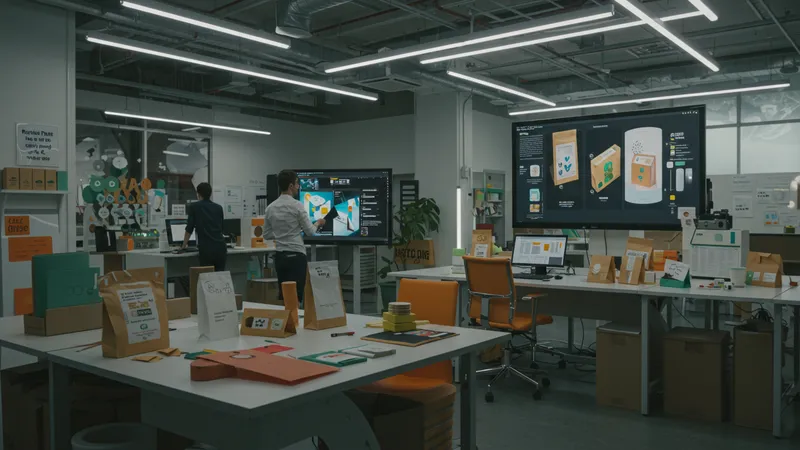
Your next step? Embrace the momentum. Incorporate sustainable materials, explore personalization, dive into the realm of interactivity, and don't shy away from bold innovations. Share your journey, engage your audience, and remember—packaging is not just a necessity; it’s an opportunity to elevate your brand to unimaginable heights. Take action now and lead the change!